Lighting plays a crucial role in the kitchen, a room where clarity and ambiance are paramount to proper functioning. Choosing between cool or warm white light can transform the aesthetic of this space and influence how you interact with your meal.
Whether you want to light up your worktop, dining room or breakfast nook, it is important to choose the right light colour to create the desired atmosphere. This article will help you adapt the interior lighting of your kitchen according to your preferences and needs.
What is white light and yellow light?
Definition of white light
White light is characterized by a high color temperature, usually measured in Kelvin. There are several shades, ranging from cool white, which corresponds to a high temperature (between 4000 and 6500 K) , to warm white, which is between 2700 and 3000 K.
Cold white light, often used in offices and workshops, provides good colour rendering and effectively illuminates workspaces. On the other hand, warm white creates a softer and more welcoming atmosphere, ideal for the living room or dining room.
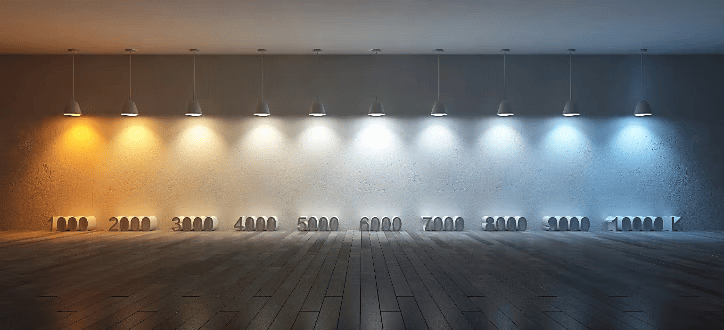
Definition of yellow light
Yellow light, on the other hand, has a lower color temperature , which gives it a warm hue. This color, often associated with natural sunlight at sunset, is appreciated for its relaxing ambiance.
It is perfect for lighting spaces such as the child's bedroom or the living room, where you want to promote a warm atmosphere. However, it can alter the perception of colors, which is not always ideal when preparing meals.
Advantages and disadvantages of white light in the kitchen
Benefits
White light has many advantages in the kitchen. It provides optimal brightness , which is essential for tasks requiring precision and concentration, such as cooking or baking. In addition, the light output of white lighting allows you to effectively illuminate the work surface, achieve good performance and make food more attractive.
White LED bulbs are particularly suitable, as they have an excellent colour rendering index, allowing you to see details well. Video : A video explaining the benefits of white light in modern kitchens could enrich the article.
Disadvantages
However, white light can also have drawbacks. If it is too harsh , it can cause eye strain, especially during long periods of use. Additionally, it can create a sterile, unwelcoming ambiance, especially in a living space.
To avoid this, it is recommended to use wall lights or lamps with soft lighting that allows you to adapt the light to the desired atmosphere.
Advantages and disadvantages of yellow light in the kitchen
Benefits
Yellow light is often praised for its warmth and friendly atmosphere . In a kitchen, yellow lighting can transform this space into a welcoming place, ideal for family meals. It helps create an intimate atmosphere, perfect for evenings with friends.
By choosing yellow LED lighting for your kitchen, you can also enjoy an economical and environmentally friendly light source.
Disadvantages
However, yellow light has some drawbacks. It can alter color perception , which is problematic when preparing food. If you need to assess the quality of ingredients, yellow lighting can make this task more difficult.
Additionally, yellow lighting is generally less effective at illuminating workspaces, which can be problematic in a busy kitchen.
When to choose white light and when to choose yellow light?
White light: contexts of use
White light is particularly suitable for times when good visibility is required, such as when preparing meals . It is ideal for general kitchen lighting and can be used to illuminate specific areas such as the worktop or ceiling.
By using white LED bulbs or powerful spotlights , you can create direct lighting that highlights each light point.
| Item to check | Details |
|---|
| Color temperature (Kelvin) | Use neutral white light (3500K-4100K) for precise tasks or cool light (5000K-6000K) for a bright and clear result. |
| General lighting | Make sure the main lighting covers the entire kitchen without any shadow areas. A ceiling light or pendant light can ensure good coverage. |
| Worktop lighting | Install under-cabinet lights to illuminate work surfaces without shadows (LED strips or spotlights). |
| Avoid glare | Choose fixtures with diffusers to soften the light and avoid glare on shiny surfaces. |
| Accent lighting | Add accent lights to highlight certain areas, such as a center island or open shelving. |
| Avoid strong contrasts | Make sure that the lighting does not create too intense a contrast with dark surfaces, to reduce visual fatigue. |
| Adjustable light | Install dimmers to adjust the light intensity depending on the activity: strong for cooking, soft for more relaxed moments. |
| Strategic placement of lighting fixtures | Position lights so that users do not find themselves in the shadows while cooking. |
Yellow light: contexts of use
Yellow light is best for social occasions, such as family meals or evenings with friends . It can be used for accent lighting in areas such as the dining area or around the sink, where ambiance matters more than functionality.
By integrating dimmable lamps , you can easily adjust the light according to the occasion, creating a pleasant and warm atmosphere.
Combine the two types of lighting
Advantages of the combination
Mixing white light and yellow light can allow you to create different atmospheres in your kitchen . For example, you can opt for white lighting during the day for cooking and yellow lighting in the evening for family meals.
This flexibility enhances the experience in this often active space. By playing with the intensities and types of luminaires, you can also adapt your lighting to your desires.
How to mix them well?
To successfully mix these two types of lighting, it is important to think about the placement of your lighting fixtures. Use white LED spotlights to illuminate work areas and yellow lamps to create warm corners.
Think about your kitchen layout and make sure the lighting is distributed evenly. By incorporating dimmer switches , you can easily adjust the lighting depending on the time of day and your activities.
Practical advice for choosing your kitchen lighting
Choose according to the size of the kitchen
The size of your kitchen plays a crucial role in choosing lighting. For small kitchens , opting for white lighting can help make the space feel brighter.
On the other hand, in a large kitchen, a combination of white and yellow light can help create a pleasant ambiance while maintaining good visibility. Think about the layout of your furniture and the passage areas to ensure that the lighting is optimal .
The impact of wall and furniture colors
The colors of your kitchen can also influence the choice of lighting. Light walls reflect light better, which improves lighting and makes the space more pleasant. Conversely, dark colors can absorb light, making the room appear darker.
It is therefore essential to choose lighting that harmonizes with your color palette . Shades of white and yellow can interact differently with your surfaces, influencing the overall ambiance of the kitchen.
Conclusion
In conclusion, the choice between white and yellow light for your kitchen depends on your specific needs and the atmosphere you want to create . White light is ideal for tasks that require good visibility, while yellow light adds a warm and friendly touch.
By combining the two wisely, you can create functional and welcoming lighting, suitable for every moment of your daily life. Do not hesitate to share your experience and your choices of kitchen lighting to help others make the right choice.
Frequently Asked Questions
1. What is the difference between white light and yellow light in the kitchen?
The main difference between white light and yellow light is their color temperature, measured in degrees Kelvin. White light, often between 4000 and 6500 Kelvin , is considered cool and offers intense brightness in lumens, ideal for workspaces like the kitchen.
On the other hand, yellow light, usually between 2700 and 3000 Kelvin , creates a warm and welcoming atmosphere, perfect for family meals. The choice between these two shades depends on the atmosphere you want to create in your home.
To illuminate the kitchen, white light is best suited for worktops, while warm light can be used for dining areas.
2. What type of lighting is best for cooking?
For cooking, the best type of lighting is usually cool white light , which provides enough light to clearly see what you are doing.
It offers optimal visibility and excellent color rendering, which is crucial when preparing food. White light also helps to better distinguish the nuances of ingredients, making cooking easier.
Consider using white LED bulbs that provide powerful and efficient light, while reducing your energy consumption. You can also mix this light with a warm white tint to enjoy a pleasant ambiance when you dine.
3. Is yellow light suitable for a kitchen?
Yes, yellow light can be suitable for a kitchen, especially if you are looking for a warm and friendly atmosphere. While not ideal for tasks that require high visibility, yellow light can be used in conjunction with white lighting to create balance .
For example, you can use incandescent lamps or warm white LED bulbs for dining areas and white lighting for work areas like the countertop or sink.
This allows you to adjust the lighting temperature depending on the time of day, such as enjoying a nice dinner during the winter months.
4. What are the best light bulbs to use in the kitchen?
The best light bulbs to use in the kitchen are white LED bulbs for general lighting, as they offer high brightness and an excellent color rendering index. For areas where you want a warmer ambiance, opt for warm white or yellow LED bulbs .
Incandescent bulbs are also an option, but they use more energy and have a shorter lifespan. Consider choosing bulbs that match your interior decor to ensure the light contributes to the harmony of your space.
5. What color temperature should you choose for the kitchen?
For the kitchen, it is recommended to choose a color temperature of around 4000 to 5000 Kelvin for neutral white lighting . This temperature allows you to effectively light the space without being too aggressive. If you want to add a warm atmosphere, consider integrating yellow lights around the dining areas.
For example, cool white lighting can be very useful for times when you need good visibility, while warm white lighting can provide a soft atmosphere during dinners, thus enjoying a pleasant ambiance.
6. How do I adapt my kitchen lighting for different occasions?
To adapt your kitchen lighting to different occasions, consider using dimmer switches. These devices allow you to change the brightness depending on the time of day or activity. For example, you can use bright white lighting when preparing meals and switch to a dimmer yellow light for family dinners.
This flexibility will allow you to obtain lighting that suits your taste and needs, making your kitchen pleasant and functional at all times, whether for a tête-à-tête dinner or a meal with friends.
7. How important is lighting in a kitchen?
Lighting in a kitchen is essential for several reasons. It improves visibility and safety when cooking, which is crucial to avoid accidents. In addition, good lighting highlights the interior decoration and materials , creating a pleasant atmosphere.
By using well-placed light points, you can also accentuate specific elements, such as a glass countertop or a dining table.
Finally, the right lighting influences your mood and comfort, making your dining experiences more enjoyable, especially on winter evenings when you want a warm atmosphere.
8. Does cold light affect the ambiance of the kitchen?
Yes, cool light can affect the ambiance of the kitchen. While it provides excellent visibility for kitchen tasks, it can feel cold and sterile if used alone .
To counteract this effect, it is advisable to combine cool white light with yellow light elements to create a more welcoming and warm space, especially during meals.
You can use desk lighting with slightly yellow tones for the work area and add warm light lamps in the dining room for a cozy atmosphere.
9. What is the best lighting for an open kitchen?
For an open kitchen, mixed lighting is usually most effective. Use white lighting for work areas, such as the countertop and cooking area , to ensure good visibility.
Then add yellow or warm light sources in the dining room or living room to create a warm and friendly atmosphere. This helps to harmonize the entire space, making each area functional while enjoying a decoration that is pleasing to the eye.
10. What are the current trends in kitchen lighting?
Current trends in kitchen lighting include the use of energy-efficient LED lights , dimmer switches to adjust brightness, and the combination of different color temperatures to create varied moods.
Designer pendant lights above kitchen islands are also popular, as are false ceilings incorporating soft lighting.
The aim is to create a space that is both functional and aesthetically pleasing, playing on daylight and the shades chosen for each season, in order to maximise comfort throughout the year.





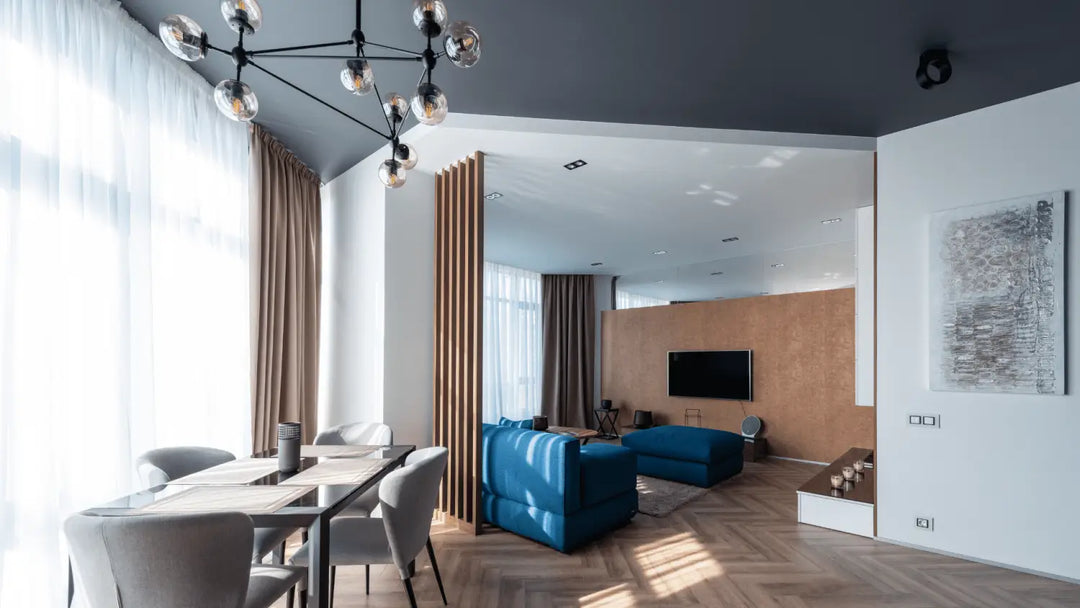
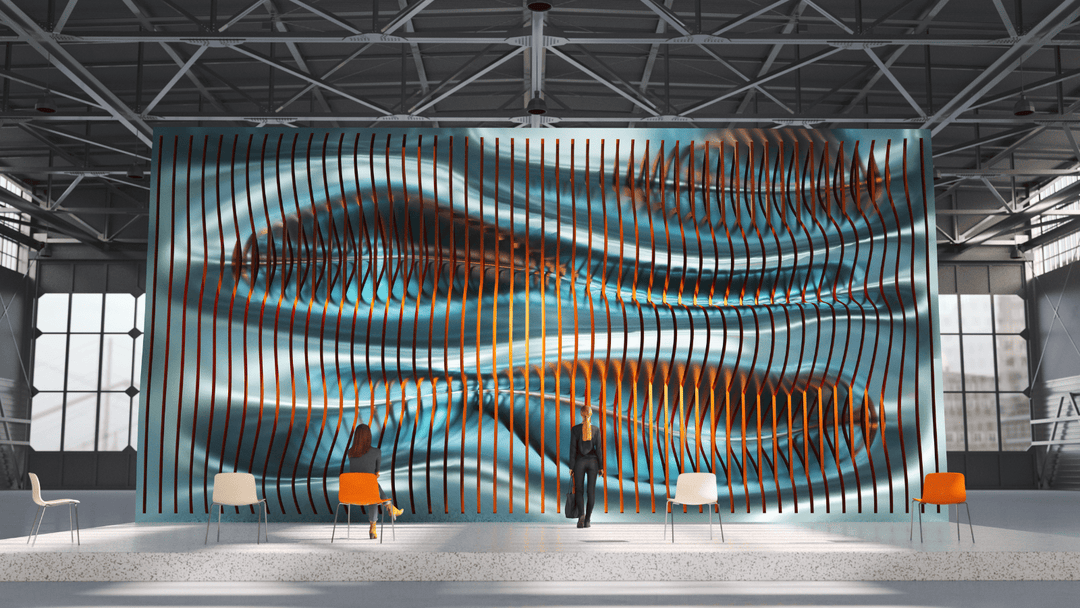
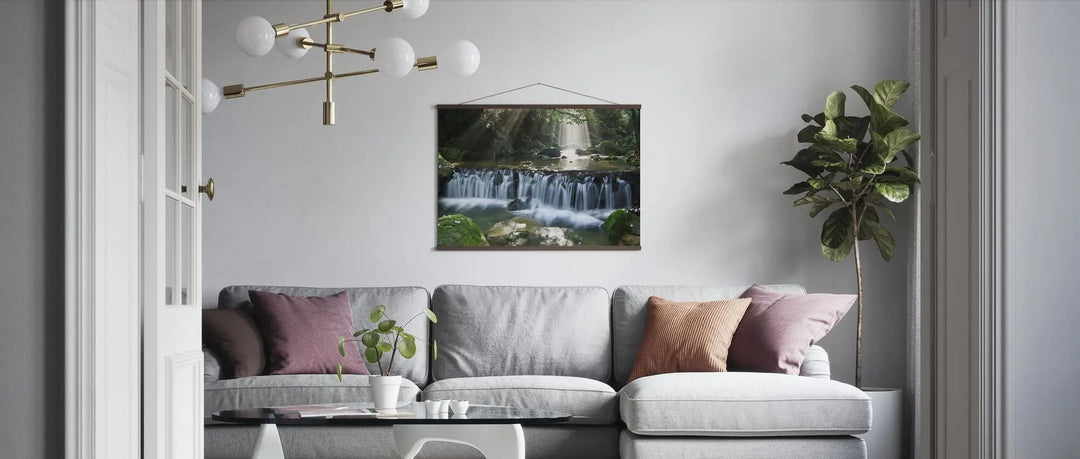
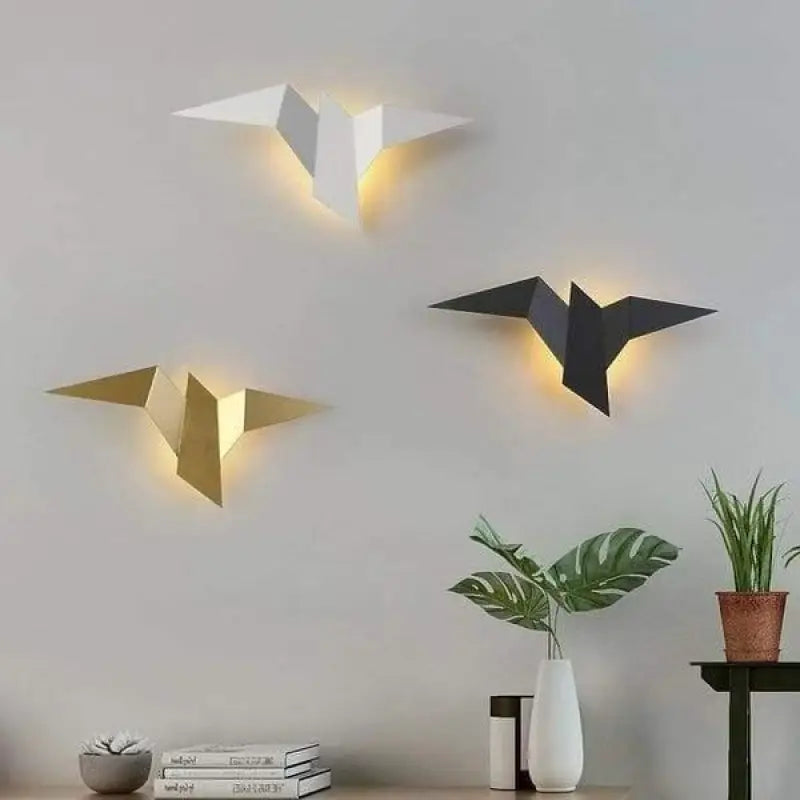


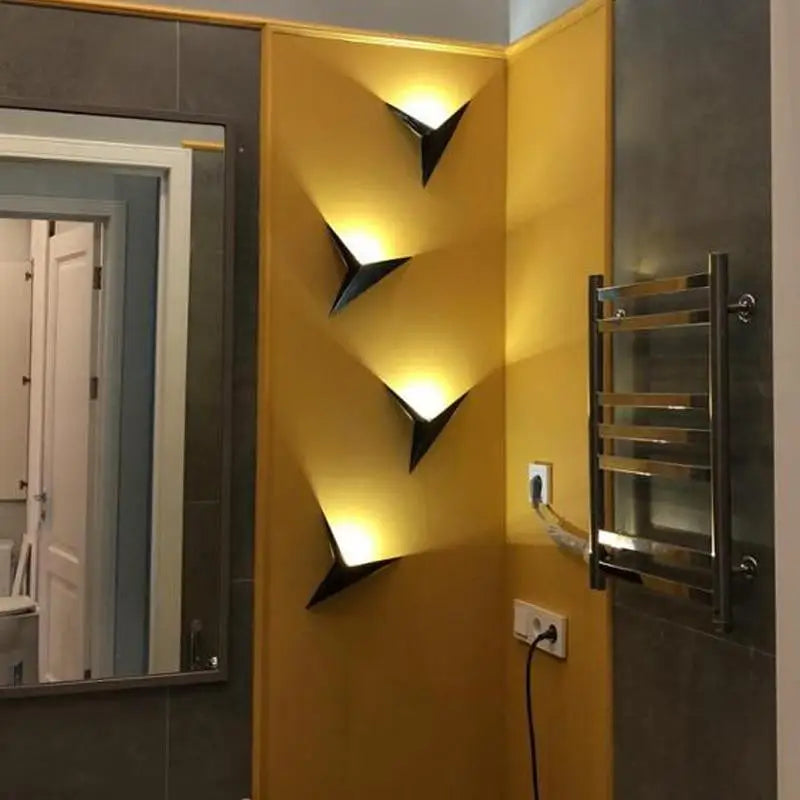
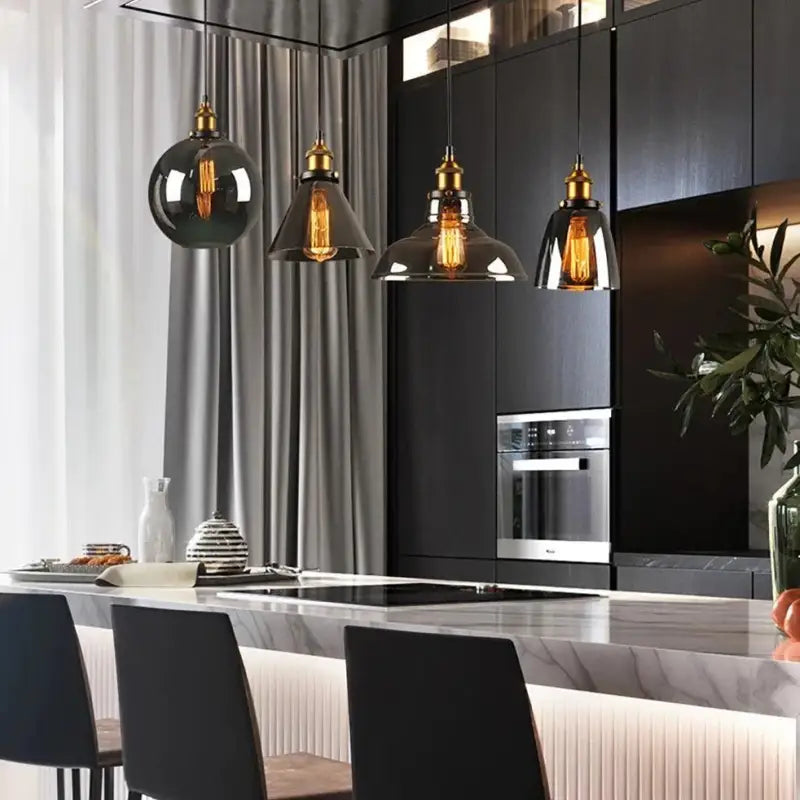
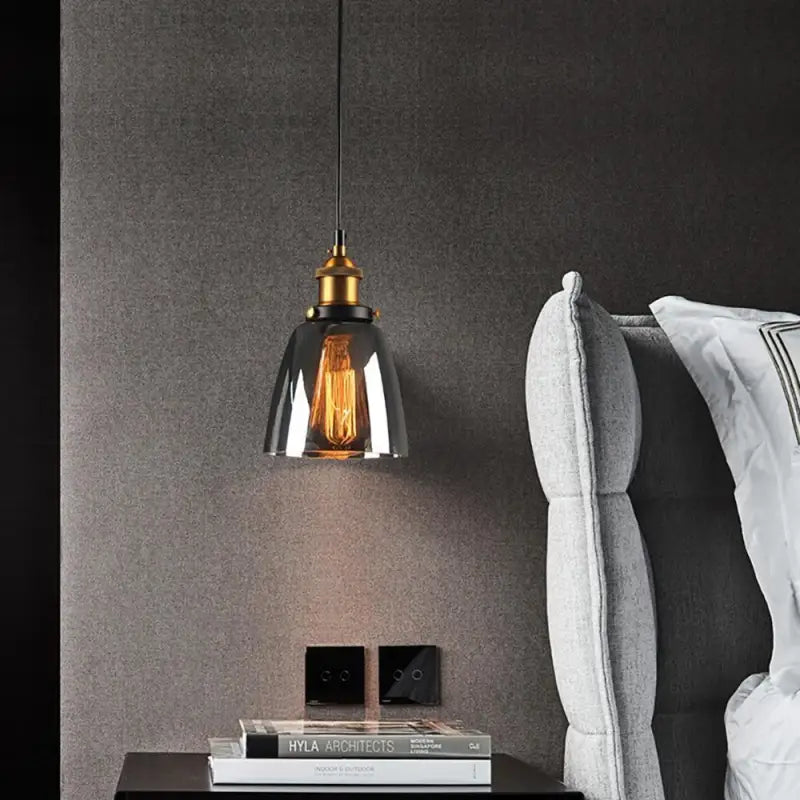
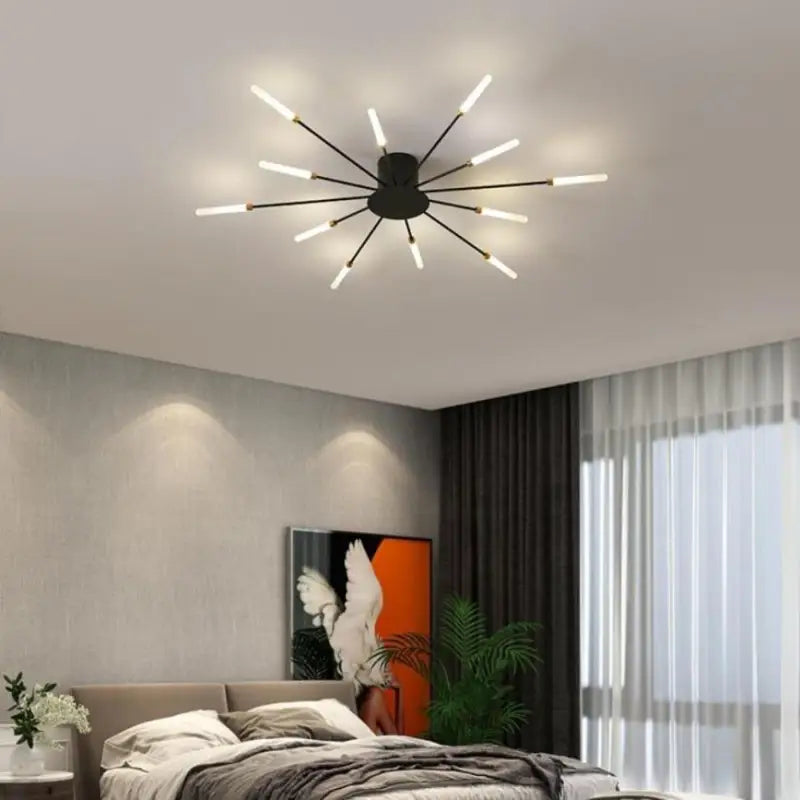
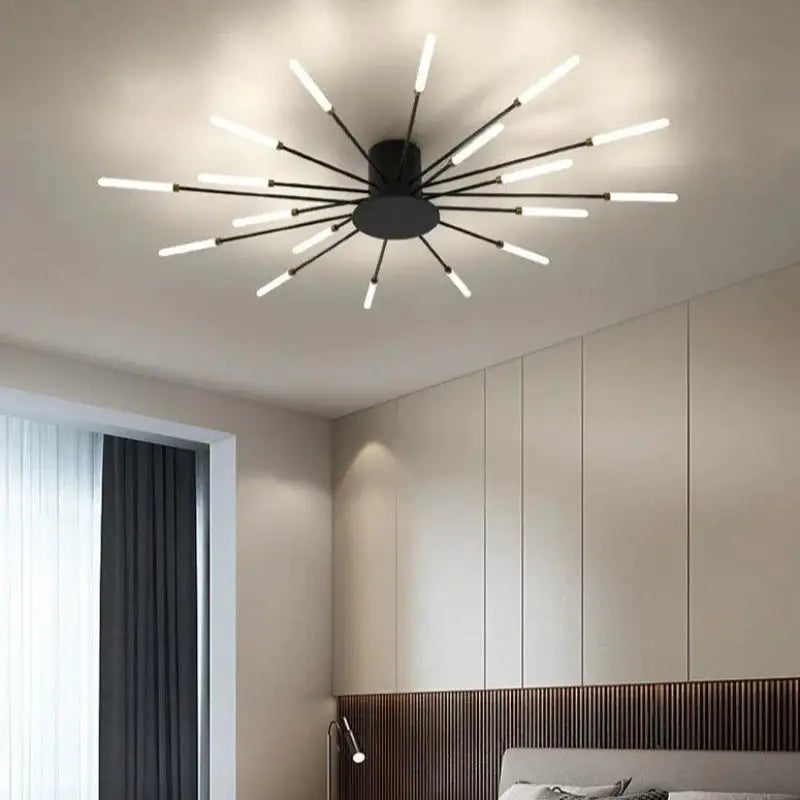
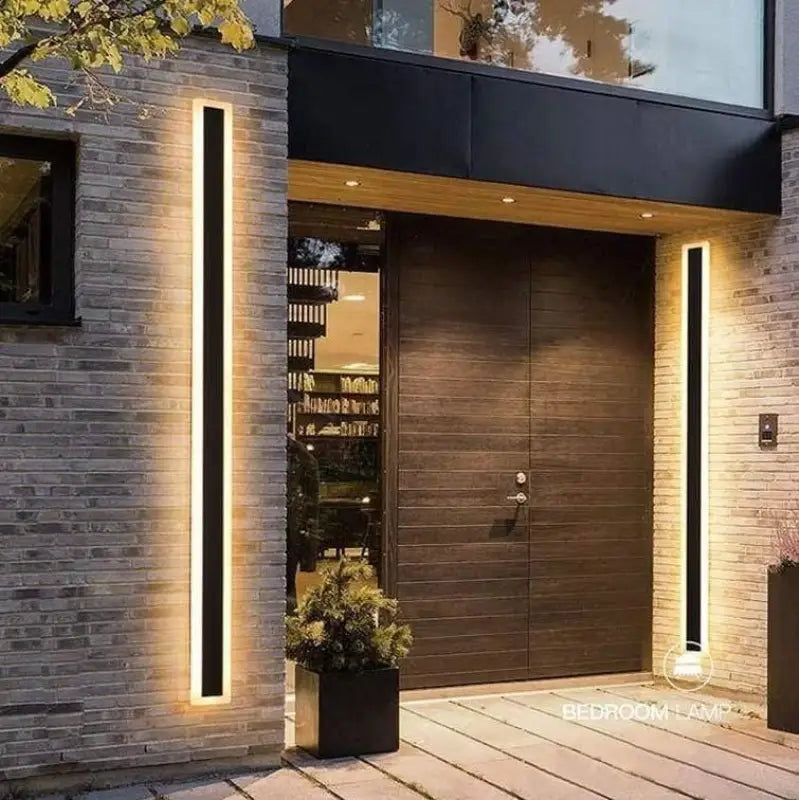
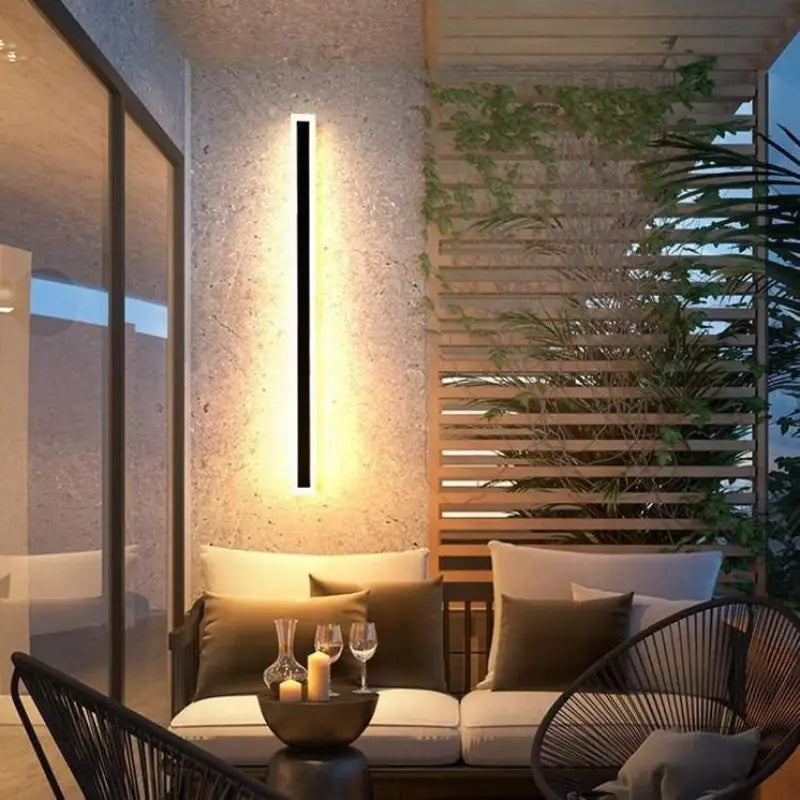
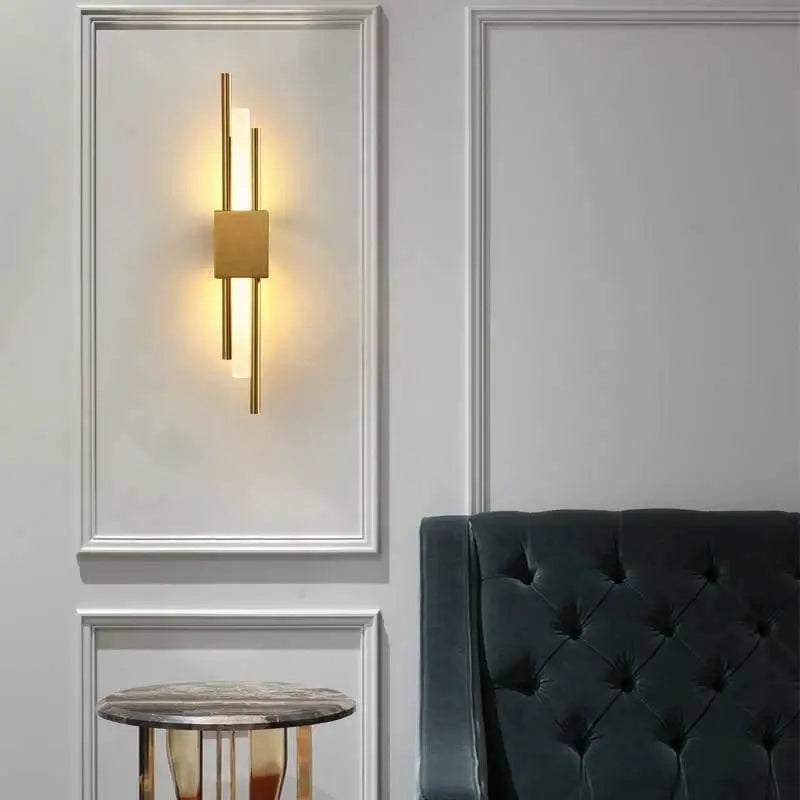
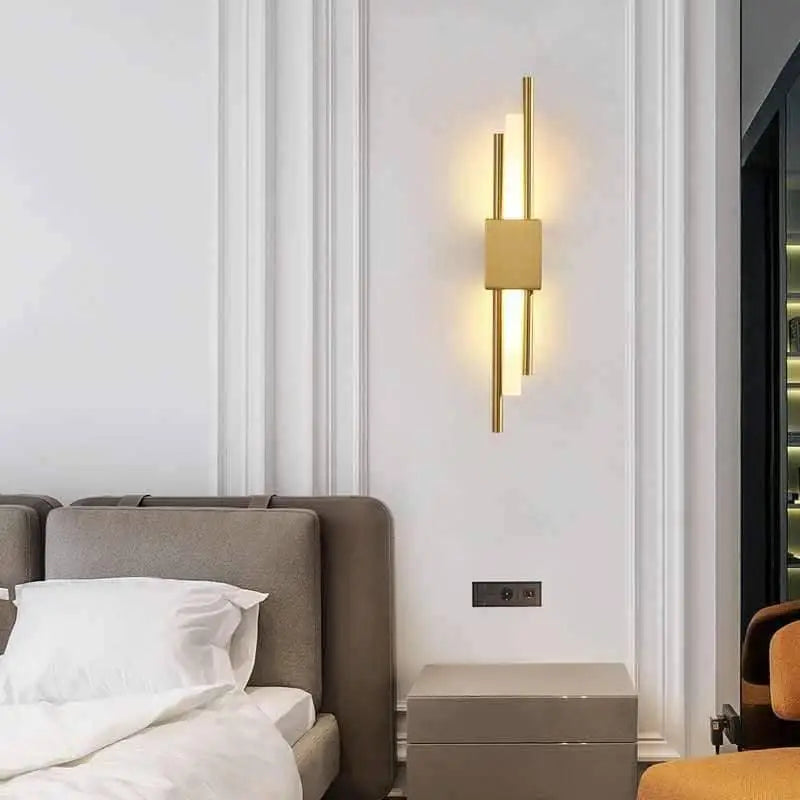
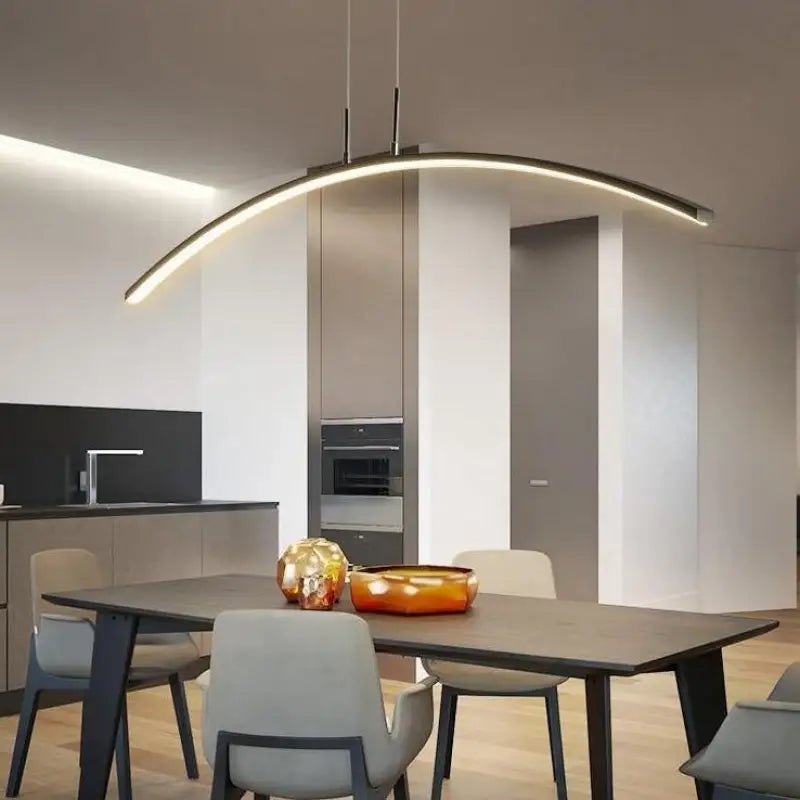
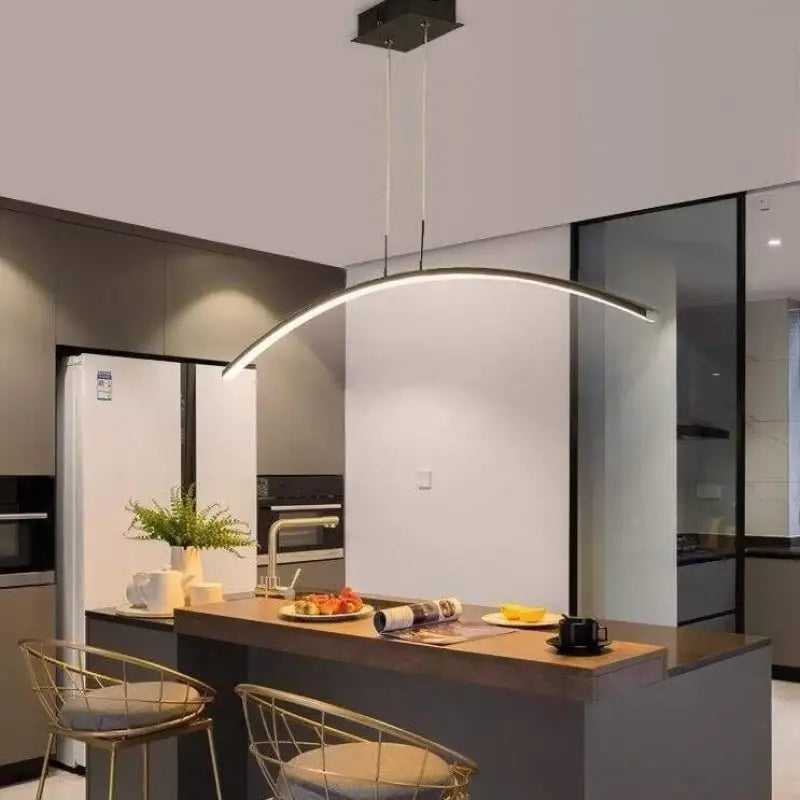
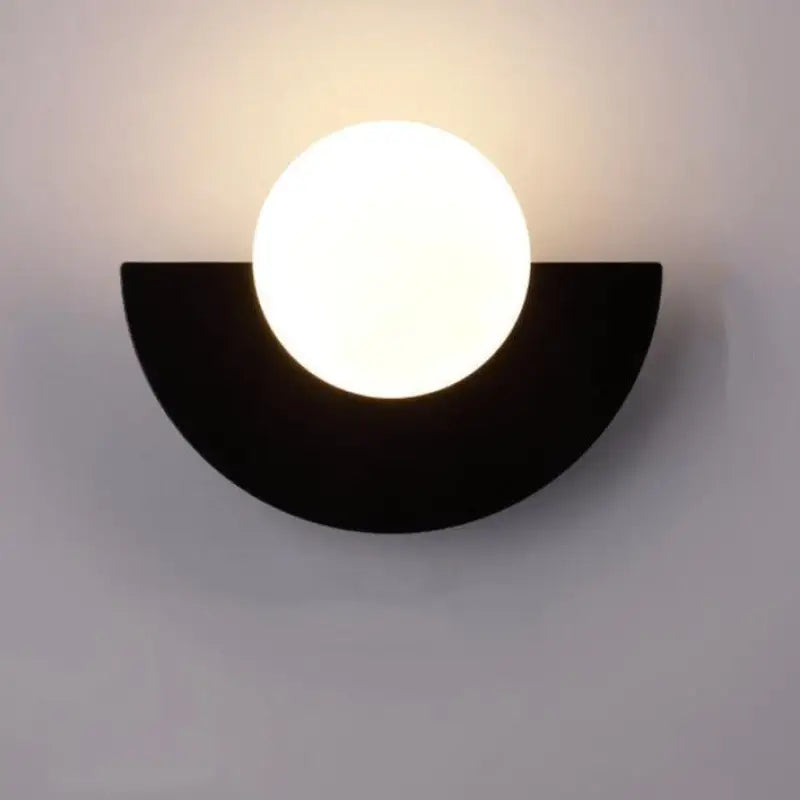
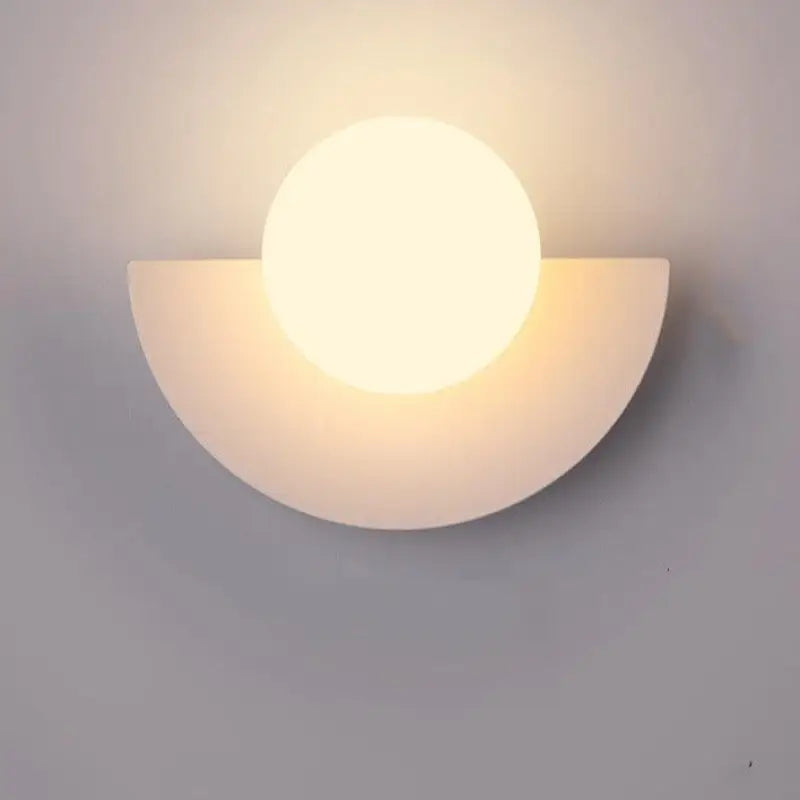


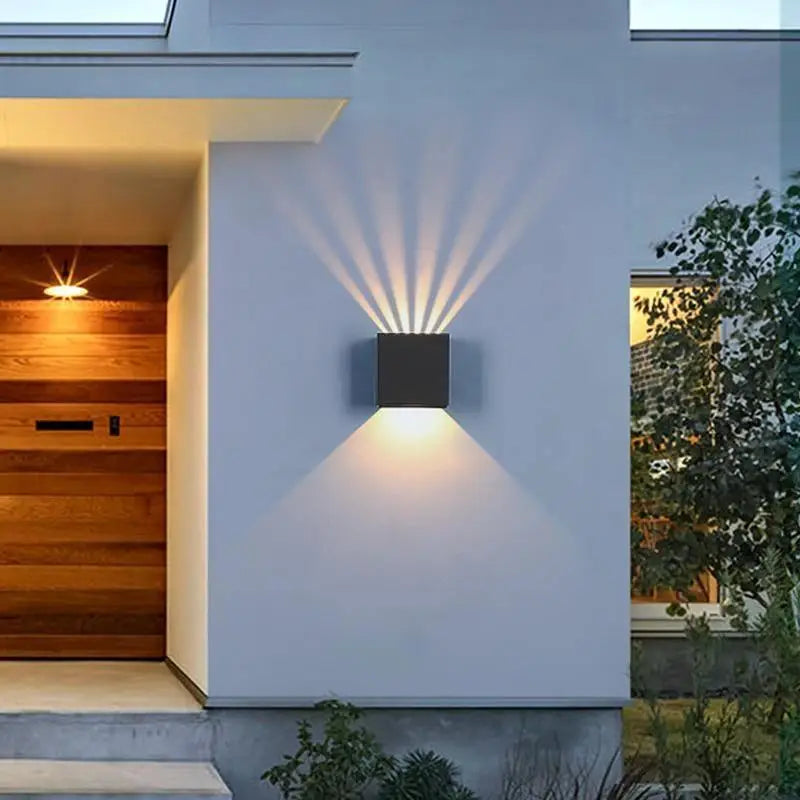
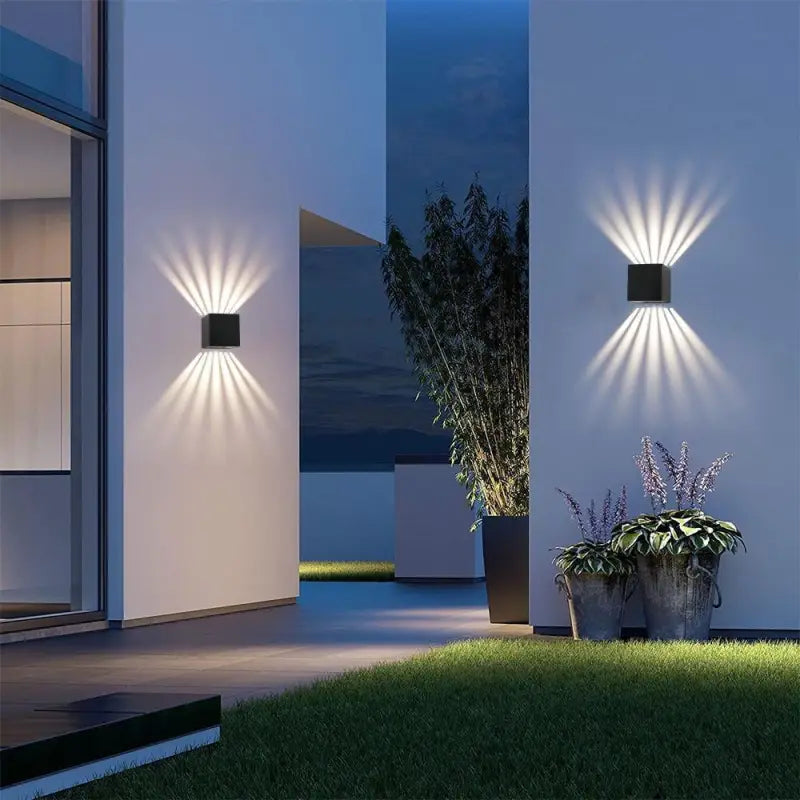
Leave a comment